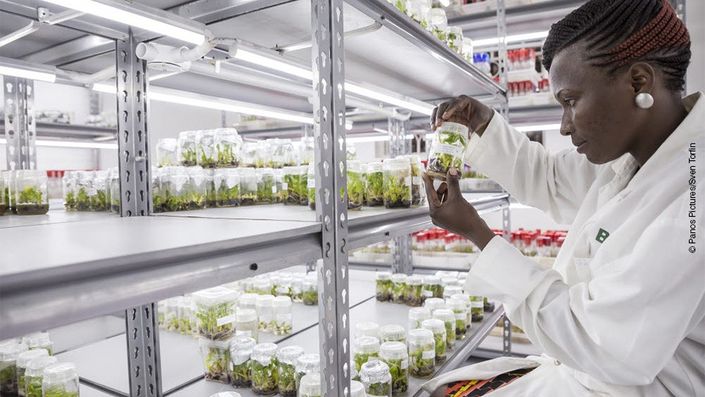
Media skills for scientists
A free online course to teach scientists how to use the media to reach non-scientists
Engaging with journalists is one of the best ways to get your research noticed and to raise your public profile, which can lead to more collaborations and funding. This online course addresses any reservations you might have about engaging with journalists and packaging scientific information for non-scientists. It will give you the skills needed to interact successfully with the media and will show how seizing media opportunities could help advance your career.
Why this course?
- Talking to the media is a great way to communicate your research to the public and raises your public profile
- Media coverage draws public attention to the subject you are researching
- Media exposure can lead to more collaborations and funding
- Completion of the course allows you free use of Alpha Galileo's research dissemination service, meaning you can deliver your research news directly to interested journalists across the globe. Full details are found at the course end.
What’s included?
- Thirteen short, user-friendly and interactive modules, divided into short, topical lectures. All of these modules are independent and can be taken individually.
- Practical tasks designed to help you apply media theory to your working practice
- Worksheets to support your learning where appropriate
- A certificate upon course completion
This course is brought to you as part of the Script project, which is made possible by the Robert Bosch Stiftung and implemented by SciDev.Net.
For any queries about the course please email training@scidev.net
Your Instructor

Training Coordinator, SciDev.Net
Scientist I Journalist I Science Journalist
Dr Charles Wendo is a science journalist, veterinary doctor and media trainer. He holds a Master of Arts in Journalism and Communication degree, a Postgraduate Diploma in Mass Communication, and a Bachelor of Veterinary Medicine degree, all from Makerere University, Uganda.
Course Curriculum
-
StartPre-module assessment
-
StartHow to make news with your research: learning objectives - 1/12
-
StartHow to make news with your research: more science - 2/12
-
StartHow to make news with your research: attributes of news - 3/12
-
StartHow to make news with your research: impact - 4/12 (0:20)
-
StartHow to make news with your research: controversy - 5/12
-
StartHow to make news with your research: newness - 6/12
-
StartHow to make news with your research: the surprising or unusual - 7/12 (0:20)
-
StartHow to make news with your research: prominence - 8/12 (0:25)
-
StartHow to make news with your research: topicality - 9/12
-
StartHow to make news with your research: proximity - 10/12
-
StartHow to make news with your research: recap of news values- 11/12
-
StartHow to make news with your research: exercise - 12/12
-
StartPost-module assessment
-
StartModule completed!
-
StartPre-module assessment
-
StartHow to simplify science: learning objectives - 1/10:
-
StartHow to simplify science: why it is important - 2/10
-
StartHow to simplify science: the six ways of simplifying science - 3/10
-
StartHow to simplify science: avoid technical jargon - 4/10
-
StartHow to simplify science: meaningful comparisons - 5/10
-
StartHow to simplify science: relevant examples - 6/10
-
StartHow to simplify science: images - 7/10
-
StartHow to simplify science: keep it lean - 8/10
-
StartHow to simplify science: use statistics sparingly - 9/10
-
StartHow to simplify science: recap - 10/10
-
StartPost-module assessment
-
StartModule completed!
